Introduction
The Summer Palace in Beijing was built as a royal garden for the Qing dynasty emperors and their families to relax, entertain and escape the city during the hottest months of the year. It has in fact been rebuilt several times due to damage by wars and fires, but the architectural style still remains faithful to the original designs. It was added to the UNESCO World Heritage list in 1998 due to its traditional landscape garden design.
Most of the park is taken up by the giant Kunming Lake, which is surrounded by various pagodas and bridges. There is also a small island in the centre of the lake which is worth a visit, crossing the magnificent seven arched bridge. The palace itself is relatively small (certainly compared to the Forbidden City) but well-formed, with plenty of small courtyards and buildings to explore.
There are several other temples, towers and galleries around the lake. Some of these require a small extra charge, or you can by an all-inclusive ticket at the main entrance.
You can take various boat tours on the lake, of which the paddle boats are particularly good fun for younger children.
You could easily spend the best part of a day here exploring the main complex and walking around the lake.
Don’t miss
Longevity Hill
The main cluster of buildings to the north of the Lake, Longevity Hill is the most popular sight within the Summer Palace. It contains a variety of halls and towers, of which the following are particularly recommended:
- Tower of Buddhist Incense: the largest structure, containing the spectacular 1000-handed Kuanyin Buddha
- Baoyun Pavilion: one of the three largest bronze buildings in China and famous for being the only building of the Summer Palace to survive its burning by the Allied Forces in 1860
- Hall of the Sea of Wisdom: a beamless brick and stone construction covered in beautifully glazed yellow and green tiles
- Four great regions: Tibetan-style Buddhist temple buildings above the iconic stairs of the Summer Palace
Court Area
Located to the northeast of the park, the main palace is surprisingly small and compact at first sight. However, there are plenty of small courtyards and buildings to explore. Visitors usually enter through the East Palace Gate to the Hall of Benevolence and Longevity, which is furnished in traditional style with the original nine-dragon throne where Emperess Dowager Cisi would sit. These were the sections of the palace reserved for court affairs.
Beyond this hall are the Hall of Jade Ripples (the living quarters of Emperor Guangxu, where he was imprisoned by Emperess Dowager Cisi) and the Hall of Joyful Longevity (where Emperess Cisi stayed). These contain fascinating examples of antique furniture and bronzework.
Nanhu Island
Cross the incredible seven-arched bridge from the eastern shore to this small, tortoise-shaped island. The bridge is over 300 years old and features many small stone lion sculptures along its length. On the island stands the Dragon King Temple, Hanxu Hall and several small pavilions. It is one of the most beautiful spots in the park, with small architectural gems hidden among green trees.
Boat trips
In the summer, there are popular boat trips taking you from one side of Kunming Lake to the other. Alternatively, small children may enjoy renting the mini paddle boats for a fun half hour.
Practical info
Tickets: 20 RMB (winter), 30 RMB (summer), add 30 RMB for entry to all paid attractions.
Opening hours: 7:00 – 19:00 (winter), 6:30 – 20:00 (summer).
Recommended visit: 1/2 day.
Transport: take metro line 4 to the northern gate (北宫门) for the main palace, Xiangshan/western line to the western gate (颐和园西门) for the lake.
Top tip: in the summer, it is pretty busy with lots of tourists – however the further you walk away from the main entrances the quieter it gets.
Nearby
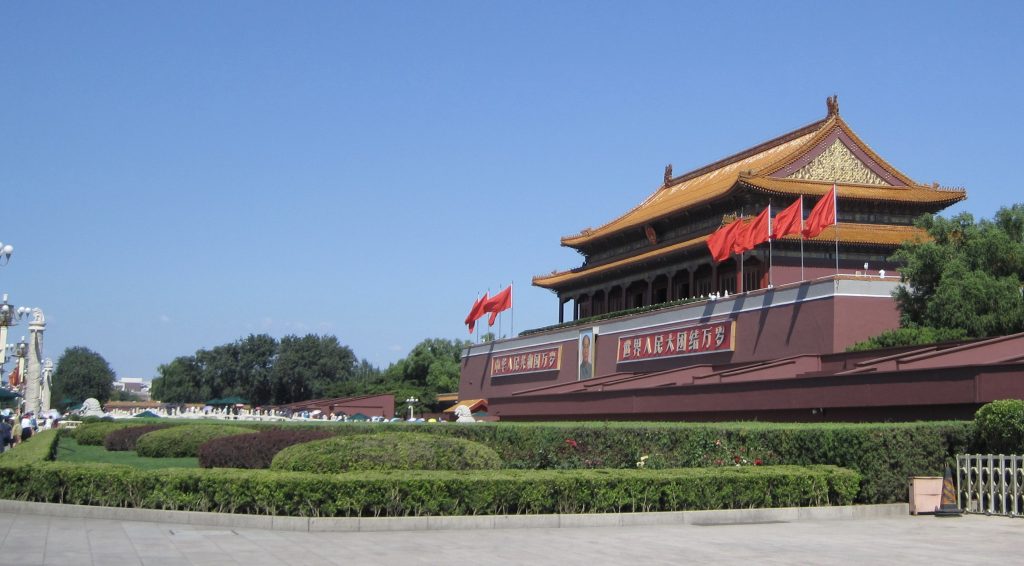
Tiananmen Square 天安门
Tiananmen Square 天安门
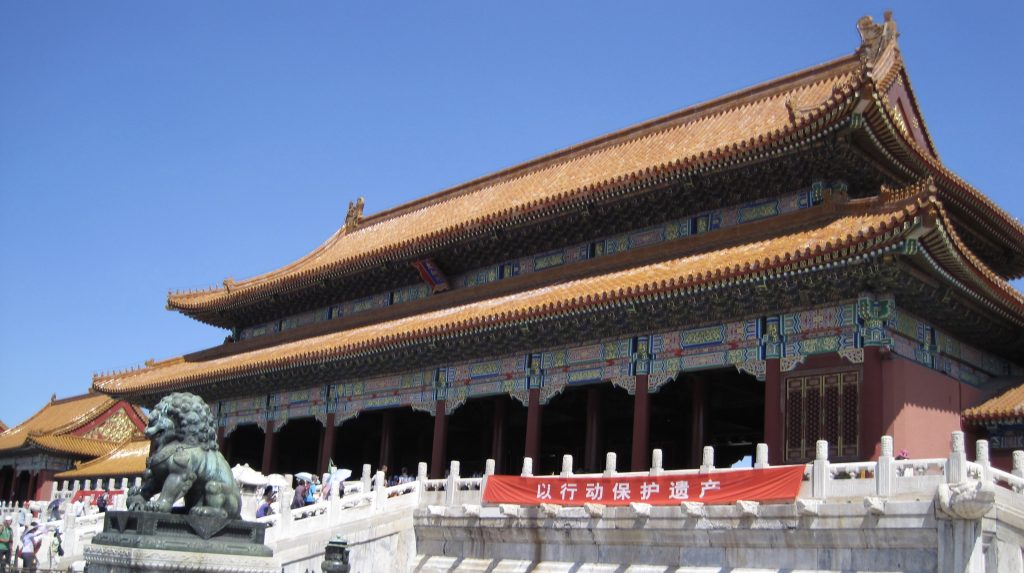
Forbidden City 故宫
Forbidden City 故宫
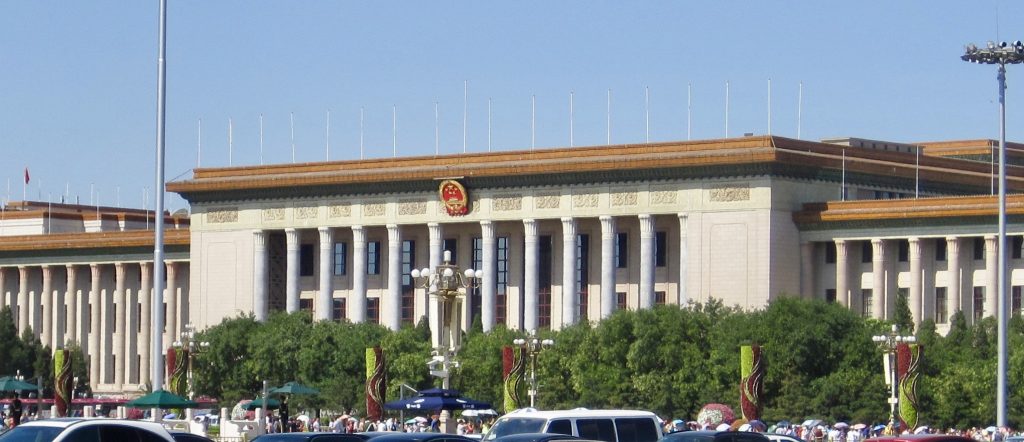
Great Hall of the People 人民大会堂
Great Hall of the People 人民大会堂
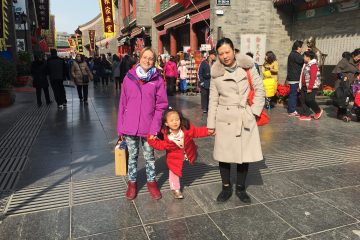
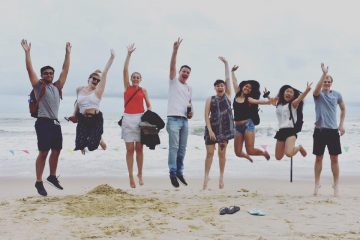

0 Comments